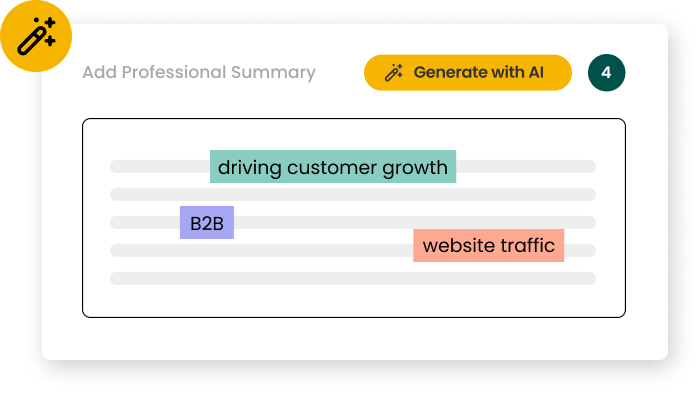Geospatial technology is transforming industries with real-time data integration and analysis. Our GIS resume examples highlight essential skills like spatial data visualization and geospatial analytics. Learn to craft a resume that effectively showcases your expertise, making you stand out in the evolving GIS landscape.
You can use the examples above as a starting point to help you brainstorm tasks, accomplishments for your work experience section.

Jane Doe
123 Main Street
Anytown, USA 12345
jane.doe@email.com
May 1, 2025
GeoTech Solutions, Inc.
456 Innovation Drive
Tech City, USA 67890
Dear Hiring Manager,
I am writing to express my strong interest in the GIS Analyst position at GeoTech Solutions. With my advanced skills in spatial analysis and passion for leveraging geospatial technologies to solve complex problems, I am confident in my ability to contribute significantly to your team.
In my current role, I successfully implemented a machine learning-driven predictive modeling system that improved natural disaster response times by 30%. Additionally, I developed a custom web-based GIS application that increased data accessibility for non-technical stakeholders, resulting in a 25% reduction in project turnaround times. My proficiency in Python scripting and expertise in emerging technologies like LiDAR and drone mapping position me to drive innovation in your organization.
I am particularly excited about GeoTech Solutions' focus on sustainable urban planning. My experience in creating 3D city models and conducting environmental impact assessments aligns perfectly with your company's mission. I am eager to apply my skills in geospatial big data analytics to address the challenges of rapid urbanization and climate change adaptation.
I would welcome the opportunity to discuss how my skills and experience can contribute to GeoTech Solutions' continued success. Thank you for your consideration, and I look forward to speaking with you soon.
Sincerely,
Jane Doe
For a GIS professional in 2025, a one-page resume is ideal, two pages maximum if you have extensive experience. This length allows you to showcase your key skills and projects without overwhelming recruiters. Focus on recent, relevant experiences and quantifiable achievements. Use concise bullet points and industry-specific keywords to maximize impact within the limited space.
A hybrid format works best for GIS resumes, combining chronological work history with a skills-based section. This format highlights your technical proficiencies while demonstrating career progression. Key sections should include a professional summary, technical skills, work experience, and education. Use a clean, modern design with consistent formatting and consider including a small infographic to showcase your data visualization skills.
Key certifications for GIS professionals include GISP (GIS Professional), Esri Technical Certifications, and CompTIA Data+. These certifications demonstrate your expertise in spatial analysis, software proficiency, and data management. List certifications in a dedicated section near the top of your resume, including the certification name, issuing organization, and date of acquisition. This placement ensures quick visibility to recruiters.
Common mistakes in GIS resumes include overemphasizing software proficiency without showcasing problem-solving skills, neglecting to quantify project impacts, and using overly technical jargon. To avoid these, focus on demonstrating how you've applied GIS skills to solve real-world problems, use metrics to illustrate your achievements, and balance technical terms with clear, accessible language. Always tailor your resume to the specific job description, highlighting relevant skills and experiences.